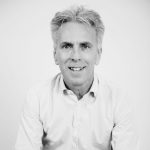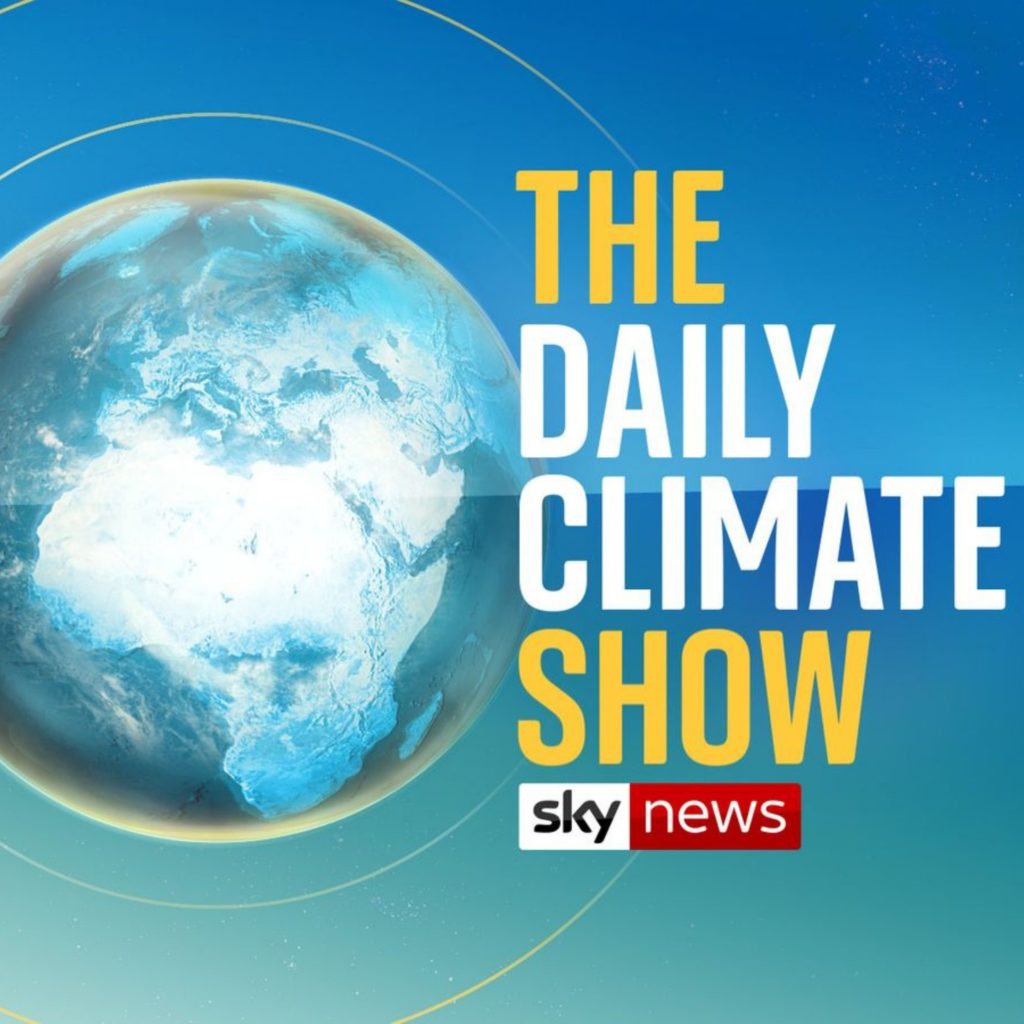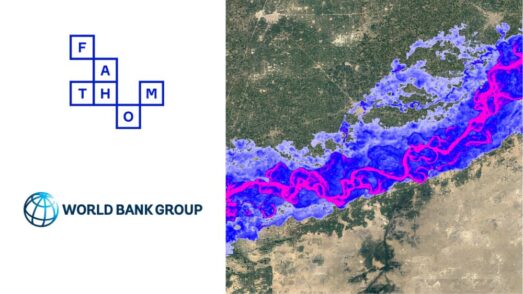Professor Paul Bates discusses flood risk on the Ian King Live show
What proportion of properties are at risk of flooding? Can we expect this risk to change by 2050?
Analysis produced by Fathom from its UK flood hazard model suggests that flood risk will rise by nearly 25% by 2050, with the regions of Cardiff, Windsor and Maidenhead experiencing the greatest increase in hazard.
Overall, the model estimates that there are 1.09 million properties across Great Britain currently at risk of flooding, rising to 1.35 million by 2050 – an increase of nearly 25%.
However, a key takeaway from this analysis is that over three quarters of the properties at risk by 2050 are already at risk today.
“There is often this narrative in flooding that we’re going to have disastrous floods in the future. That implicitly suggests that we’ve got the problem under control now, which we really don’t.
“Yes, climate change does increase flood risk in most parts of the country, but actually most of the risk is already here with us today. If we dealt with the now better, we’d put ourselves in a much better place to deal with climate change.”
Professor Paul Bates


Change in the number of properties at risk of flooding
The figure on the left shows how flood risk is forecast to change across the UK. In most places, it increases, but in some areas (for example, Lincolnshire), inland flooding actually goes down.
We see this complex pattern because of the complex interplay between increasing rainfall and warmer temperatures. In some eastern counties, warmer temperatures mean drier soils at some times of the year, so even though rainfalls increase, it doesn’t necessarily lead to more flooding.
This topic is discussed in more detail in a paper authored by Sharma, Wasko and Lettenmaier.
Mitigating flood risk today can drastically reduce the risk we will face in the future
The findings from this analysis contribute to a growing body of research into future changes in flood risk (Wing / Winsemius). We are learning that the majority of flood risk that we will face in the future is historic. So if we were better prepared to deal with today’s flood risk, that would be a significant step to averting the worst impacts of climate change on this problem.
One way to achieve this is by making properties that regularly flood more resilient so they are better able to cope. Additional measures, such as hard floors instead of carpet, installing electric sockets higher up on walls, floodproof doors and toilet bungs, will all help. We can also invest more in flood defences and warning systems.












